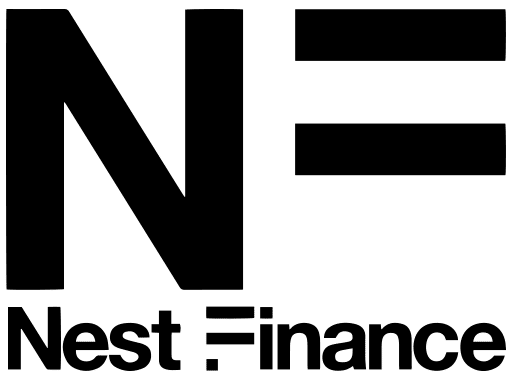What is a variable rate mortgage and should i get one?
Variable-rate mortgages, as the name suggests, have interest rates that are variable: they can move up or down and usually do so in line with the UK economy and the Bank of England’s base interest rate (currently 0.75%). There are three main types of variable-rate mortgage: standard variable rate (SVR), tracker and discount-rate.
What is a standard variable rate mortgage?
Standard variable rate mortgages (sometimes just called variable-rate mortgages) refer specifically to the lender’s standard variable rate (SVR). The average SVR in the UK today is around 5%, but each lender’s SVR is different and can change at any time at the lender’s discretion.
SVRs usually move with the Bank of England’s base rate, but they do not have to and may not change by the same amount the base rate did.
However, when the base rate last went up from 0.5 to 0.75% in August 2018, all tracker mortgages (explained below) went up by 0.25%, though not necessarily with immediate effect.
You would not opt for a standard variable rate mortgage from the get-go, rather you’ll automatically be put onto your lender’s SVR as soon as your current mortgage deal ends.
Seeing as the average two-year fixed rate is around 2.5%, reverting onto the SVR could see your repayments increase by hundreds of pounds per month – so do not stay on it! Start shopping around for a new mortgage about three months before yours is due to end.
What Are The Benefits Of An SVR Mortgage?
Languishing on a high interest rate mortgage (which most SVRs are) might sound ridiculous, but there are some instances when it could work in your favour.
You’re generally allowed greater flexibility than with fixed-rate or discount-rate mortgages: most standard variable rate mortgages allow for unlimited overpayments, for example, and as you’re not on an offer with an end date (like a three-year discount-rate), you will not be charged early exit fees if you want to switch your mortgage. Plus, you’re not charged set-up or arrangement fees when you’re put on your lender’s SVR from your previous mortgage product. Though flexibility clearly comes at a cost.
An SVR mortgage might be a suitable stop-gap if you’re in the process of moving house, you’ve not found a decent portable mortgage, or your moving date does not quite match up with the end date of your current mortgage – but make sure you do all your sums first to check you’re not throwing money away.
What is a tracker mortgage?
Tracker mortgages are variable-rate mortgages that follow, or “track” an external rate – almost always the Bank of England’s base rate. This means that if the base rate goes up (or down) so does the interest rate on your mortgage, thus altering your monthly payments.
Although trackers follow the base rate, they do not exactly mirror it and are ordinarily a set percentage above or below the base rate itself. Before the financial crash in 2007, tracker rates were usually set below the base rate (which was 5.75%), but now that the base rate is so low (0.75%) tracker rates are invariably set above it.
For example, a tracker mortgage might offer you an interest rate of the base rate (0.75%) plus 1%. So the amount of interest you would pay in total is 1.75%. If the base rate went up to 1%, your mortgage rate would increase to 2%.
Tracker mortgages are usually fixed for a period of time: two, three, five and ten years are the most common. Generally speaking, the longer the length of the deal, the higher the interest rate. So, the rate for a ten-year tracker mortgage might be the base rate plus 3%, setting your payments at 3.75%, though of course, this would be subject to change.
Introductory offers on tracker mortgages can often be very attractive and have historically been lower than fixed-rate mortgage deals. In recent years, though, there’s been very little between the best fixed and variable rate mortgage deals.
Collar And Cap Rates
Although tracker mortgages follow an external rate, your lender can apply what’s known as a “collar rate” which is a minimum rate for your mortgage repayments. This means that even if the base rate were to drop below the collar, your interest rate would not. What this does is safeguard the lender against negative interest mortgages – where the lender would pay you interest, rather than the other way around.
The opposite of a collar rate is a “cap rate”. That is, a maximum rate of interest on your mortgage repayments, protecting you if the base rate were to skyrocket.
Ask your lender or broker directly if your mortgage includes a cap and/or collar rate and check your key facts illustration closely.
What is a discount-rate mortgage?
A discount-rate (or discounted rate) mortgage offers a discount on the lender’s SVR for a set amount of time – usually two or three years. Although the discount itself is set in stone (say at 2%), your repayments could go up or down if the lender’s SVR changes.
For example, if the lender’s SVR is 5% and the discount rate is 2%, you’ll be paying 3% interest. If the SVR went up to 5.5% (which it can do at any time at the lender’s discretion), your mortgage rate would increase to 3.5%.
Once the discount period ends, you’ll automatically revert to the lender’s SVR, which could be extremely costly.
Make sure you know precisely what the deal is: is it 2% off the SVR, or will you be paying 2%? Ultimately, it is not the rate of the discount that matters, but the actual amount of interest you’ll be paying the lender every month.
Should I get a variable-rate mortgage?
This all depends on how comfortable you are with risk – both emotionally and financially! There’s no getting away from the fact that variable-rate mortgages are more risky than their fixed-rate counterparts because rates could go up at any time. If you’re not prepared for an increase, or they go up more than you expected and can afford, you could find yourself in real financial trouble.
The pay-off, so to speak, with a variable rate is that rates could always go down. If that happens, you’d pay less. This means you could be quids-in compared to if you were on a fixed-rate mortgage, which stays at the same level for the duration of your deal regardless of external rates and the market at large.
All lenders will try and draw you in with a great introductory offer, but as they can change their rates at any time, there is absolutely no guarantee those great rates will stick around for long.
Ask yourself if you could afford the monthly repayments if rates went up significantly, and use a mortgage calculator tool to make absolutely sure.
Your home may be repossessed, if you fail to keep up with your mortgage payments.






